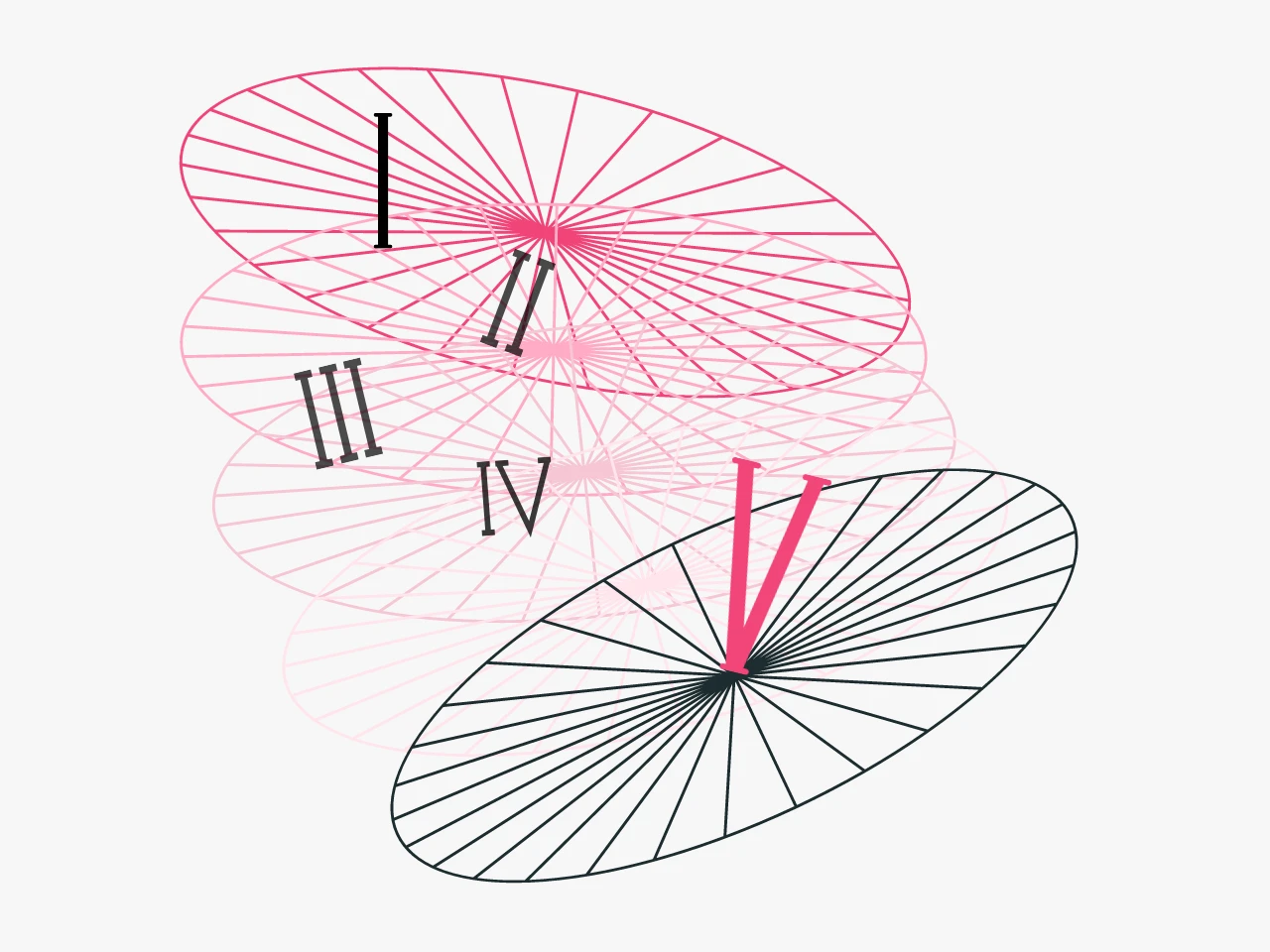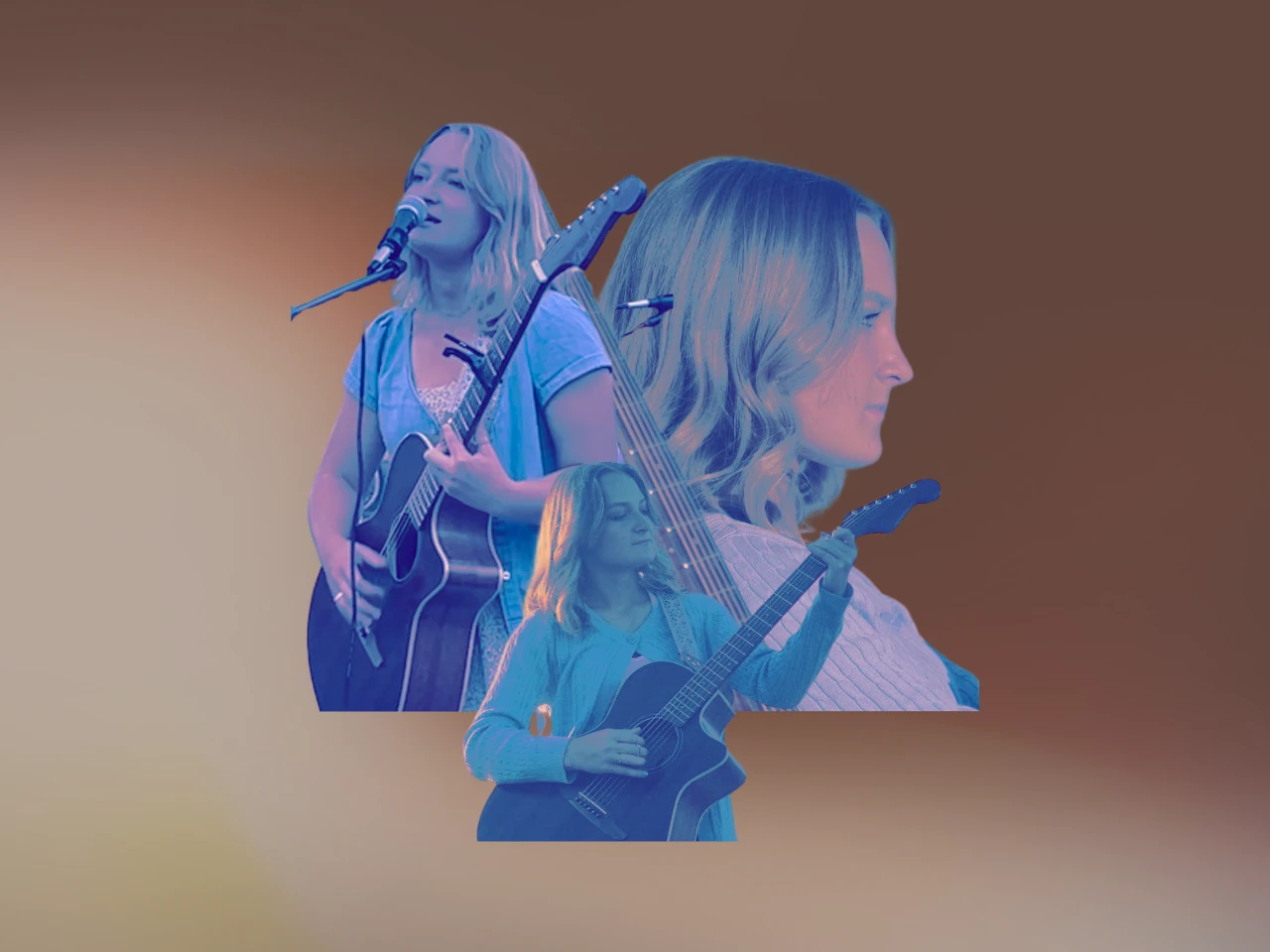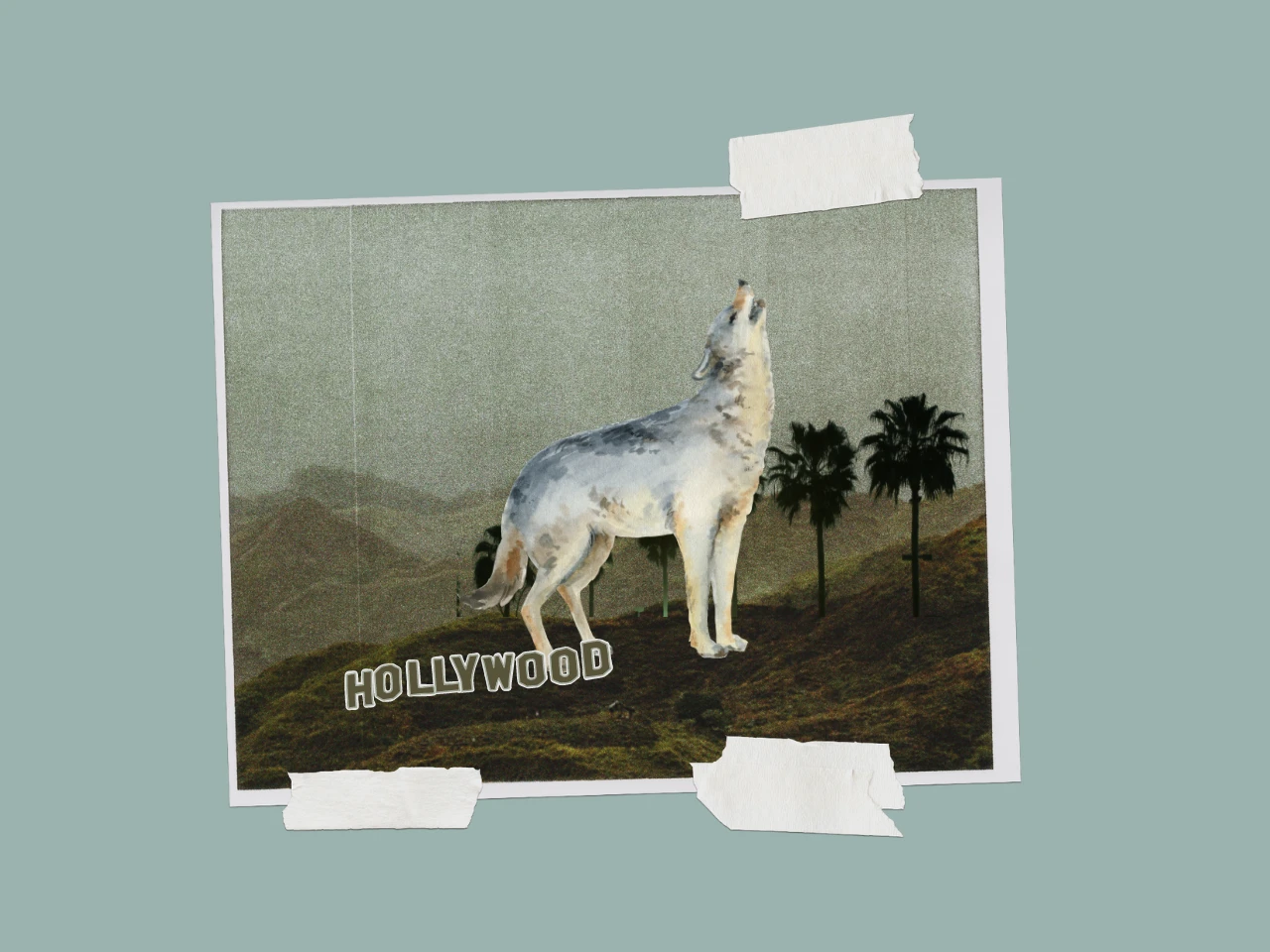I. Insecurity
The summer of 2020, I attended Emerson’s pre-college summer writer’s workshop. Three weeks of writing—from crafting creative nonfiction essays to my first screenplay. Three weeks of writing—one of my greatest dreams. Yet, I knew it was going to be difficult. After all, writing itself is not as simple as one would think. It’s not merely picking and choosing words in a specific order to create a sentence, repeating the same pattern over and over again. It’s looking into yourself, cutting a knife into your feelings, dissecting them, and making art.
Before, I thought writing was something sweet. Something easy. Which is why all I would write were these slice-of-life through rose-colored glasses, romance stories to satiate my hunger for the swoony, blushing-red love I read about in books but only whenever I found the time. Like an amateur, my stories were a house of sand built on a foundation of straw—bound to fall apart at any moment.
On a bad day, I wrote nothing. I would stare at a blank page for a few moments, then open Pinterest or put on an episode of Gilmore Girls to take a “short break.” Instead of an increase in the little black squiggles that would mark my progress, the page was empty.
When I would return—if I returned—the words would come and go, their existing never permanent. Words that once were became lost in a sea of redactions, an endless repeat of writing and deleting. The keyboard shortcut shift+control+x became my mind’s favorite—I knew it within days.
Unlike the other people in the program, I had yet to be published anywhere. I didn’t write regularly for the newspaper, contribute to the literary magazine (even though we didn’t have one). I tried my hand at submitting at contests—local and national. The rejection email came every time. I didn’t know what “workshopping” was. Isn’t it just editing?
I knew I wasn’t the best writer in my school of five hundred, my class of one hundred, or even my English class of twenty. My friends wouldn’t ask me for help in phrasing something or editing their essays.
My work was packed with colloquialisms, diction you didn’t need a dictionary for, varied punctuation—everything from dashes to oxford commas to even the occasional semicolon—my syntax easy, my paragraphs short and sweet—some only one word long. My work isn’t that deep—it doesn’t challenge gender norms, question societal rituals like censorship, or even have an ending other than a happily-ever-after or a happy-for-now. The only similarity between my classmates and myself was that we write.
Okay, so maybe writing to me was silky-smooth, my words flowing like an herbal tea sliding down my throat, warming my soul, while others found writing rigid—their words being British guards that march into war, cutting into flesh, bleeding pain.
Maybe I didn’t feel that because I felt that pain somewhere else.
For me, I thought writing could just be a hobby, even though deep down, I knew that it was something I wanted to do for the rest of my little life. But how could I? I barely even thought of myself as a writer—never gave myself the title.
You can’t do it, you’re not a writer, you don’t have it became the mantra playing in my head. It was that song stuck in your head—an earworm.
I had no idea how to write a personal narrative, a screenplay, or how to perform a poem. I flailed, taking the little nothings I knew to craft something, and I plummeted to the ground.
The path in front of me was made of quicksand. I had to run fast or sink.
It was a true test of being a writer. And I was failing miserably.
See? The song taunted. You can’t do it.
II. Writing
I spent three days a week in Zoom classes. Rising out of bed before the sun, I colored my lips a berry-red, combed my untamed hair, and sat at my desk in the morning chill to attend a virtual meeting of the minds. Some minds were near, like only a few miles away, but others? Others were an entire country away.
The other two days of the week I wrote. I crafted the thoughts of the characters I’d spent hours creating, dug up old files from the deep excesses of my brain, and painted the page with words.
No matter how hard it was or how much I wanted to scroll through TikTok and Instagram, I sat there, letting my fingers tap out my next thought, like an archaeologist, attempting—and failing—to unearth my next line.
I chipped at that block of marble, hoping I could make something other than a piece of trash. Maybe I harnessed the power to make art?
I had never hoped to make art before.
* * *
Already, I saw the path in front of me transform from quicksand to something somewhat more concrete—a stack of hay. Even though I didn’t know where the ground was, I didn’t have to run to survive.
I had the knowledge to do more, see more, try more, to experience more. Which meant I had more opportunities to fail.
Writing consumed me, but I immersed myself in it instead of running away. I was a traveler in their own bed after a long sojourn.
I took more risks—attending and eventually speaking at faculty/student readings once a week. I workshopped pieces outside of class—sending in draft after draft after draft to make it perfect, to make it sing.
I hadn’t realized the difficulty of stringing a bead of words together. There was too much between the lines—and writing precise diction had never been my strong suit.
The moment I realized I was worth something as a writer was when I emailed my toughest professor—Jack, who taught prose—asking him to give feedback on a piece close to my heart, one that forced me to burrow through the layers I tried so hard to build and spill my deepest thoughts onto paper.
“Self.” (a work in progress, like me).
He didn’t mince his words and he knew it. He gave me a job—make the piece walk.
It still needed flesh.
But it had bones.
III. Feedback
I decided to workshop “self”—the first version—a few weeks earlier in class.
I sat there at my desk; mouth pursed. Jotted down any suggestions someone made that I particularly thought was helpful. But for the most part, I sat there, accepting the praise of my classmates. “There is a cadence in your short paragraphs and sentences which bring flow.” “There’s a juxtaposition in phrases at the beginning and the end.” “There’s a sense of humanity.” “It’s emotionally satisfying.” “You didn’t tell us your feelings—you showed it to us via your diction and syntax.”
However, I kept my focus on Jack’s 1920px by 1080px box on zoom. Every time I got another compliment, his already stony expression would frown, eyes hardening.
He was the last to critique, and he took us by surprise.
He said, “There’s no story. What does this piece want from its readers? Because it seems you want your audience to pity you. Consider them. What is at stake here?”
My eyes widened, but I nodded, silently saying, I get it.
My classmates, however, did not, launching the debate of the program. Some of my more strong-willed classmates spoke out, coming to my defense.
“But something like this, so raw and intimate, conveys why we care so much. Shouldn’t that make them care too?” “And always keeping our audience in mind makes our pieces ingenuine and we cater to them. That’s selling out.” “This piece is incredibly vulnerable, so does it need to be about anything more than pain? Does this mean we can’t write about pain?”
In an attempt to redeem his point, Jack told us a story he wrote—a raw and intimate piece about his deceased daughter. “I thought I was ready to write it, but I wasn’t over it yet. I was still in pain.” When he put it in the world, the magazines pounded the great, red X over his piece.
It wasn’t his writing—not the pained diction or the lengthy syntax. They asked him the same question he asked me, “What’s at stake? Why should we care?”
His critique reminded me of my first rejection from only a few weeks before. What’s the emotional impact, expand on the “where I lost my hair,” be specific. I then realized what my classmates couldn’t—people don’t care, but it’s our job as writers to help them understand.
But my classmates’ judgment was clouded by naïvité and inexperience. So, they fought him, trying to win the argument. Both sides were relentless. Back and forth, back and forth, until we had to hit the pause button. They left the class, unsatisfied. The next morning, Jack sent us an email, which said:
Hi everyone,
I'm hoping this very short essay on writing and revising creative nonfiction will clarify some of the points I was making yesterday.
Best,
Jack.
IV. Work in Progress
The program ended. I took a break from writing “self.” Despite the good critique, Jack was right—I wasn’t ready yet. But I continued to submit work. To literary magazines big and small. I played the waiting game. Life continued; I kept writing.
When I finally got a response, they would say, “We’re sorry, but this piece doesn’t fit…” I kept submitting anyway. I took the rejection as a rite of passage—and all it takes is one “yes,” anyway.
V. Published
Months later, I finally got that one “yes.” And as even more months pass, and I get a lot more “yeses.”
But that first time, I wasn’t home. The chime on my phone notified me that I had a new email, but I ignored it. I was busy—after all, my aunt just got married! Hours later, I was scrolling through some social media app, suddenly remembering that I had an unread email. I checked it; my face apathetic since it was just another email. Then, I see it—the subject line: The February issue for matchbox zine is live! I clicked on the link and see it. My name, immortalized in digital print.
I submitted the piece a few weeks before on a whim—it was a poem that took the reader on a tour through the exhibitions of my teenage heart—titled, “lost in love.” And there it was. In the February issue of matchbox zine. The first written piece.
I sat there, in awe, thinking, Thank God.
I’m a published writer.
And that?
That is what makes all of it worth it in the end. Even though I have to do it over and over again, all it takes is one “yes.”
One “yes” and the cycle begins all over again.
Christyn Refuerzo (she/her) is a Filipino-American writer from the Bay Area, though currently based in New York. Her work can be found in Potted Purple, The Creative Zine, and The Weight Journal. When she's not writing or studying, she can be found with a cup of coffee or tea, listening to music and reading. Follow her on Twitter @christynr412
Editorial art by Dilara Sümbül



